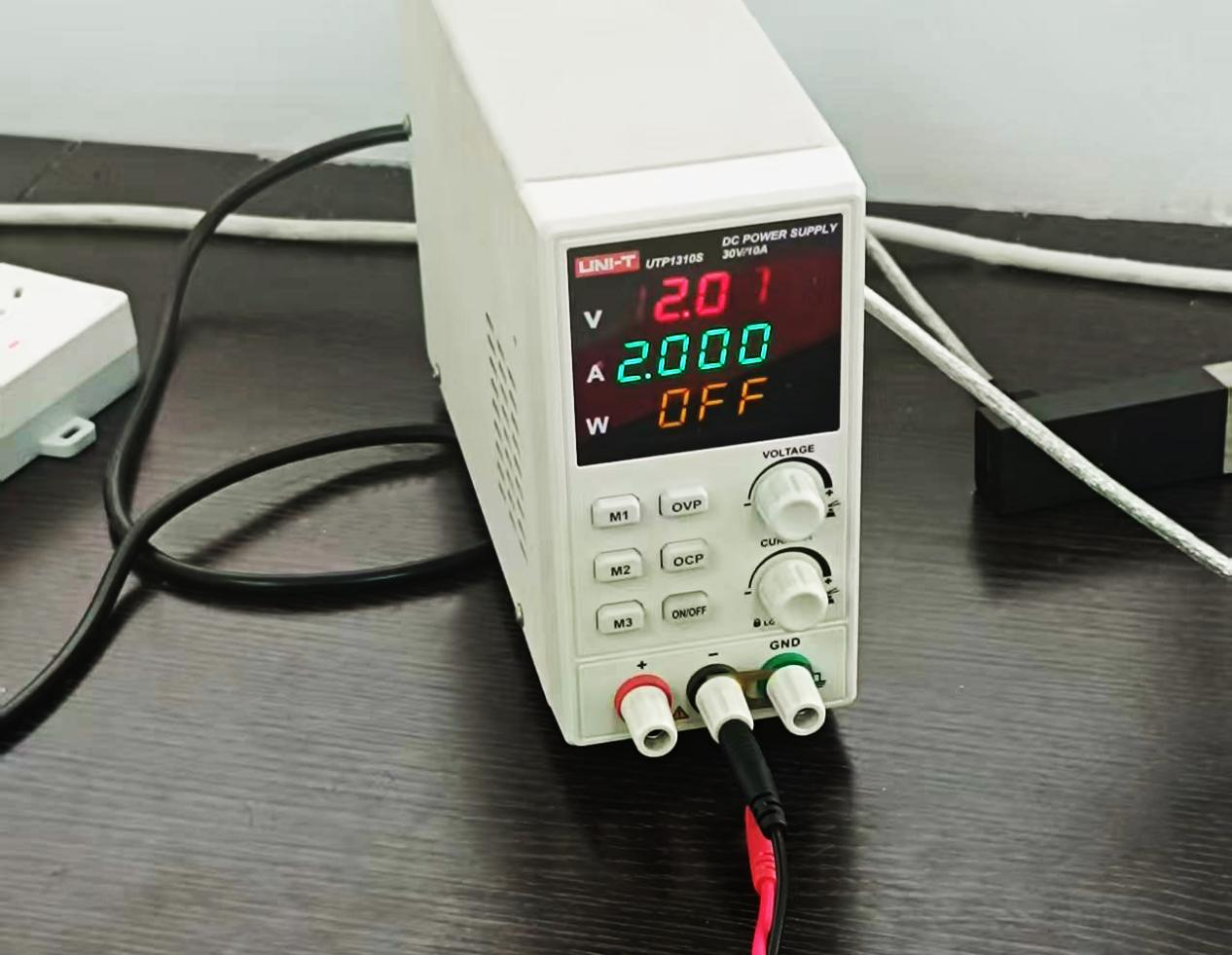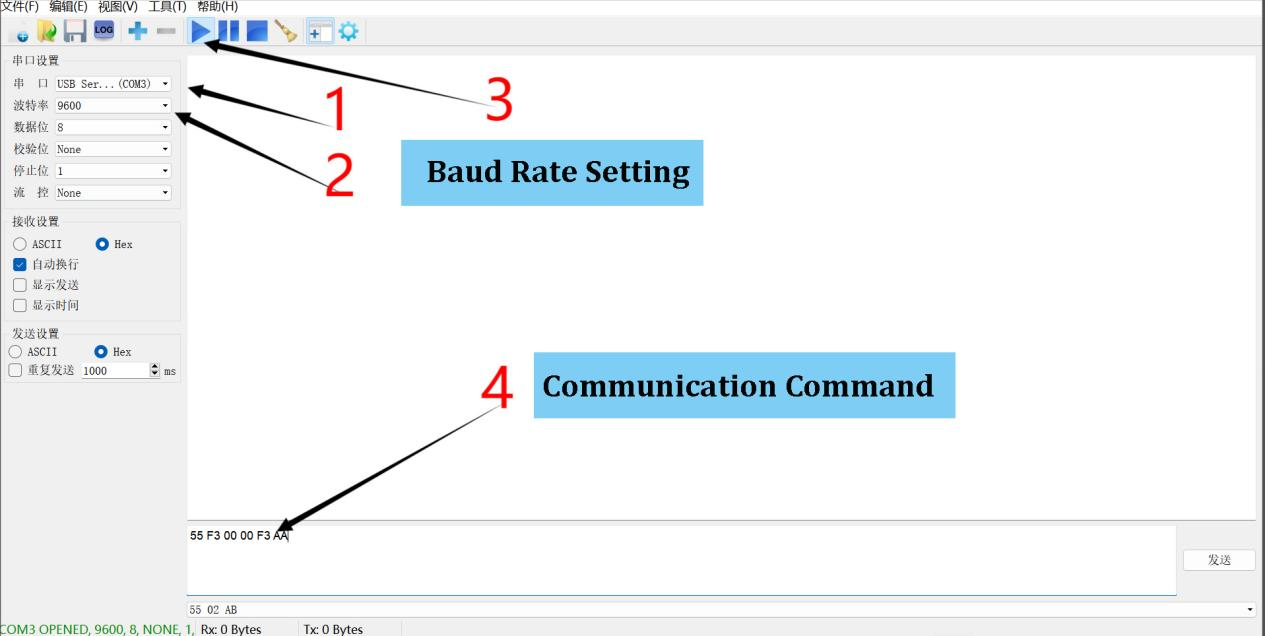
Call Me
+86-29-8450-3191
Email
sunny@eyoungtec.com
When our customers operate the rangefinder module for testing, it is inevitable that some faults will occur due to improper operation, which will make the rangefinder unable to work properly. In that case, we have specially published several issues to introduce common problems and solutions to help you in the process of use. Today, we will discuss why the laser rangefinder “cannot communicate” or lead to “abnormal communication”. You can start here with basic checks and diagnostics.
If the laser rangefinder works normally after changing the supply voltage or power supply, the problem could be caused by power supply error.
Check whether the power supply has hardware or software wake-up, check whether the voltage setting is correct, and pay attention to protection current (usually 1A) to make sure it is effective.
Verify voltage matches your module’s specs (e.g., 3.3V vs. 5V).
Use a multimeter to test for voltage drops under load.
Check polarity—reversed wires can damage the module!
If the above methods do not work, try replacing the power supply.

1. If the rangefinder can communicate after rewiring or replacing the debugging cable, the problem is judged to be a connection line problem.
2. If the rangefinder can work normally after the wiring is consistent with the definition, the problem is judged to be a wiring problem.
Check whether the wiring is secure or replace the debugging cable (TTL communication debugging cable should not be too long).
Check whether the wiring is consistent with the interface definition.
Inspect solder joints for cracks (common in vibration-prone setups).
Test continuity between pins (GND, VCC, TXD/RXD, etc.).
Swap cables—cheap dupont wires often break internally.

1. Check the rangefinder status and baud rate setting to see if they are consistent with the communication protocol;
2. If the rangefinder has a baud rate setting function, change the required baud rate and try again to see if communication is possible.
If the baud rate setting is consistent with the communication protocol and communication can be normal, the cause of the problem is that the baud rate setting is incorrect.
Confirm baud rate/UART settings match your upper computer code
Check the state of the laser range finder and whether the command sent is consistent with the communication protocol, and whether the command is hexadecimal.
If the sent command is consistent with the communication protocol and communication can be normal, then the cause of the problem is that the sent communication command is incorrect.
Send the correct command to the laser rangefinder module.

If the issue persists, test with a spare module or consult manufacturer support with your findings. The laser rangefinder is a precision product. When a external fault occurs, the entire devive needs to be returned to the factory for fault analysis, location and repair. Self-repair is not allowed.